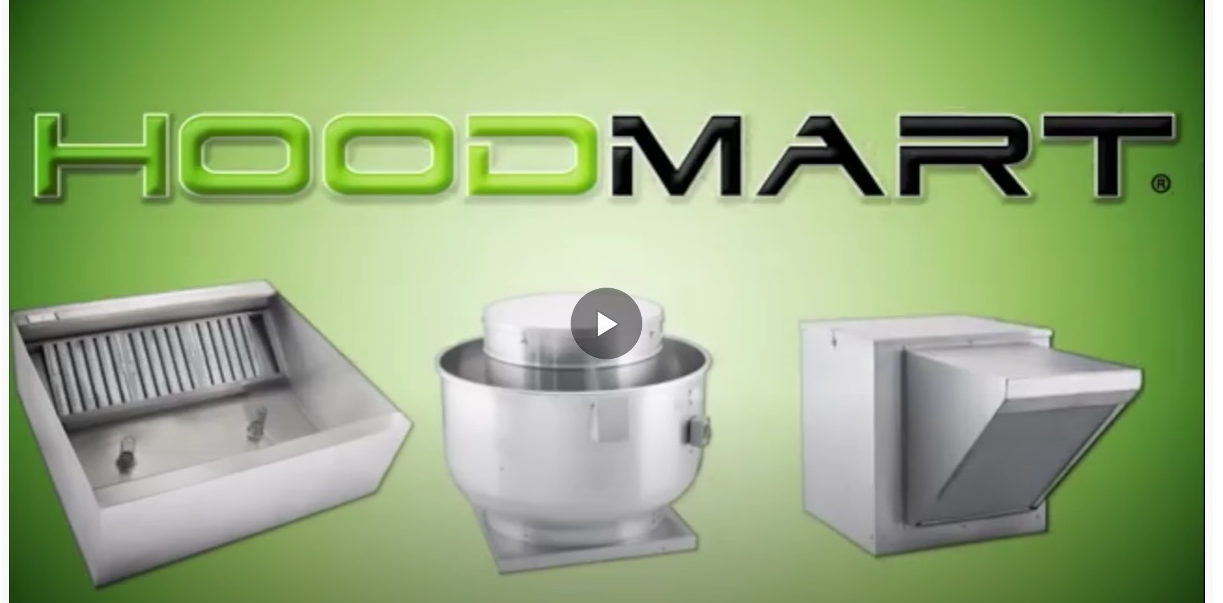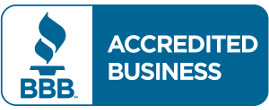We use cookies to help improve our services, make personal offers, and enhance your experience. If you do not accept optional cookies below, your experience may be affected. If you want to know more, please read the Learn more.
Understanding Carbon Filtration in Ventless Hoods: Removing Odors and Particulates
- August 08, 2024

Carbon filtration is a crucial aspect of modern ventless hood systems, especially for environments where traditional venting methods are not feasible. These systems utilize activated carbon filters to effectively remove odors and airborne particulates, ensuring a clean and healthy kitchen environment.
The Role of Carbon Filtration in Ventless Hoods
Activated carbon, also known as activated charcoal, is highly porous and has a large surface area that enables it to trap and adsorb a wide range of odorous molecules and fine particles. In ventless hoods, the air passes through these carbon filters, where volatile organic compounds (VOCs), grease-laden vapors, and particulates adhere to the carbon surface, effectively removing them from the air stream. The results include:
- Efficient Odor Elimination: Carbon filtration is particularly effective in eliminating strong cooking odors that can linger in enclosed spaces. The activated carbon acts as a molecular sponge, absorbing and neutralizing odor-causing compounds, leaving behind clean and fresh air. This process is vital for maintaining a pleasant atmosphere in commercial kitchens and dining areas.
- Triple Filtration: In our ventless hoods, charcoal filters are the third stage of our "Triple Filtration" system and play a crucial role in eliminating cooking odors. Stage 1 baffle filters remove grease-laden vapors, and stage 2 aluminum mesh filters handle condensation. The charcoal filters effectively capture and neutralize odors, ensuring a pleasant and odor-free environment in your kitchen. This comprehensive filtration approach enhances indoor air quality and creates a healthier, more comfortable working environment.
Enhancing Ventless Hood Performance
Understanding the science behind carbon filtration allows for the optimization of ventless hood performance. Regular maintenance and timely replacement of carbon filters are essential to ensure consistent and efficient operation.
Conclusion
In conclusion, carbon filtration is a cornerstone of ventless hood technology, providing effective odor elimination and particulate removal in commercial kitchen settings. By delving into the mechanisms of carbon adsorption, businesses can maximize the performance of their ventless hood systems, creating a clean, fresh, and inviting environment for staff and customers alike.
Curious what a ventless hood can do for your commercial kitchen? Contact the experts at HoodMart today!





































